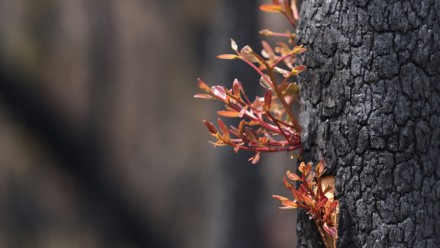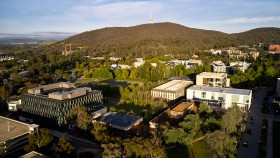Unis are key to meeting our climate change challenge
Australia's bushfires are the canary in the coal mine when it comes to climate change, writes Brian Schmidt. Here's how unis can act.
In recent months our country has been ravaged by fires of a scale previously unimaginable: towns destroyed, cities choked in smoke, an unrelenting three months of fear, destruction, sadness, and now anger -- it has poisoned our summer.
The toll of these fires is terrible. They have seen at least 30 people killed, more than two thousand six hundred homes lost, more than 10 million hectares of land burned, and ecological destruction that has killed countless animals and will put many species at risk of extinction. The landscape in some places will be forever changed.
Colleagues at ANU - including Professor Mark Howden who leads our Climate Change Institute and is member of the Intergovernmental Panel on Climate Change - predicted a decade ago what climate change looks like. It looks like what we have seen this year.
Our bushfires this year are the canary in the coal mine for the world to see, but they are not the only impact of climate change we're experiencing.
Read the full piece by ANU Vice-Chancellor Professor Brian P. Schmidt on the ANU website











